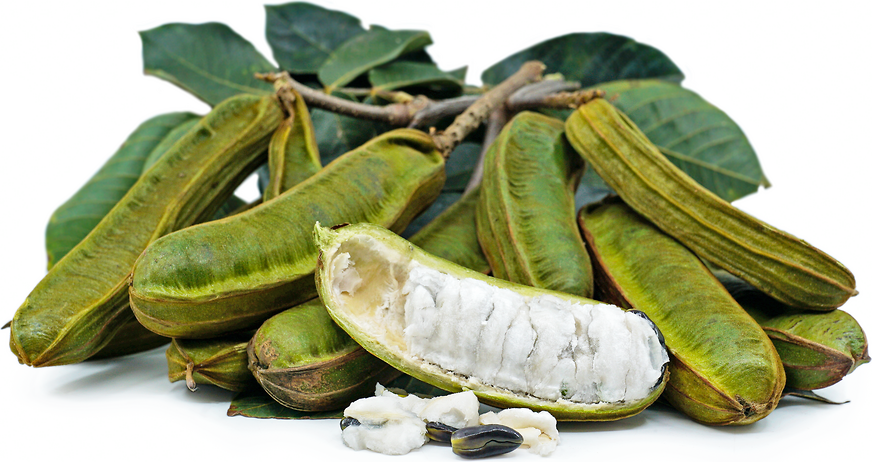The Inga fruit, known for its diverse species like Inga edulis (commonly known as ice cream bean), boasts a rich history and cultural significance. Originating from the tropical regions of Central and South America, particularly the Amazon Basin, the Inga tree has been integral to indigenous cultures for centuries.
Origin and History
The Inga genus belongs to the Fabaceae family, which includes legumes. Native to Central and South America, Inga trees thrive in tropical and subtropical climates. Archaeological evidence suggests that indigenous peoples have cultivated and utilized Inga trees for thousands of years, both as a food source and for other practical purposes.
Cultural Uses
Inga fruits are more than just a food source; they hold significant cultural value. Indigenous communities use various parts of the tree for medicinal purposes, timber, and shade. The sweet, pulpy fruit is consumed fresh, often enjoyed during social gatherings. In some cultures, the seeds are cooked and eaten, and the wood is used for making tools and constructing buildings due to its durability.
The Inga tree also plays a crucial role in agroforestry systems. Its nitrogen-fixing properties improve soil fertility, making it a valuable companion plant in sustainable farming practices. Additionally, its dense canopy provides shade for understory crops, contributing to diverse and productive agricultural systems.
Taste and Description of Fruits
The Inga fruit, often referred to as the ice cream bean due to its sweet, creamy flavor, resembles a long, green pod. When opened, the pod reveals a row of seeds encased in a fluffy, white pulp. The pulp's texture is soft and cottony, with a flavor profile that combines vanilla and cotton candy, making it a delightful treat for both children and adults.
Nutritional and Health Benefits
Inga fruits are not only tasty but also nutritious. They are rich in vitamins, particularly vitamin C, and minerals like calcium and potassium. The seeds contain protein and fiber, making them a healthy snack option. Furthermore, the tree's leaves and bark are sometimes used in traditional medicine to treat various ailments.
Environmental Importance
Inga trees are vital to tropical ecosystems. They provide habitat and food for wildlife, including birds and insects. Their ability to fix nitrogen enhances soil health, supporting other plant species and contributing to reforestation efforts. The trees are also effective in preventing soil erosion, stabilizing riverbanks, and improving water quality.
Conclusion
The Inga fruit family, with its rich history, cultural significance, and delightful taste, is an essential part of tropical ecosystems and indigenous cultures. Its various uses, from food to medicine to environmental conservation, highlight its versatility and importance. Whether enjoyed fresh from the pod or as part of sustainable farming practices, Inga fruits continue to be cherished across Central and South America.
Keywords:
- Inga fruit family
- Ice cream bean
- Central and South America
- Indigenous cultures
- Agroforestry
- Sustainable farming
- Tropical ecosystems
- Nitrogen-fixing
- Soil fertility
- Traditional medicine
By understanding the Inga fruit family, we appreciate the intricate connections between nature, culture, and sustainability.

